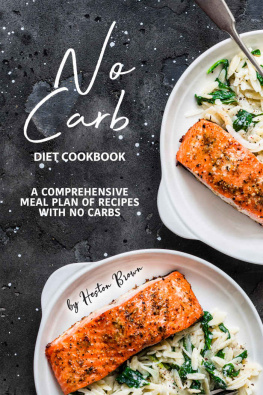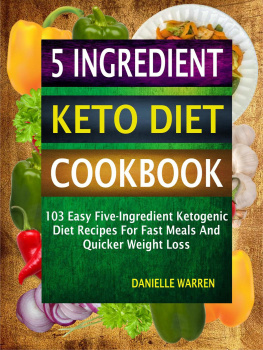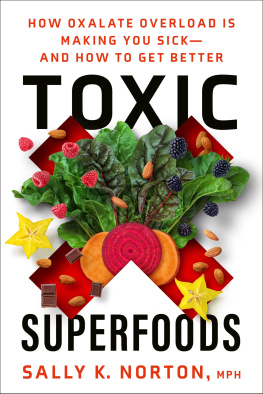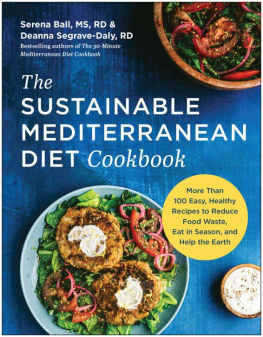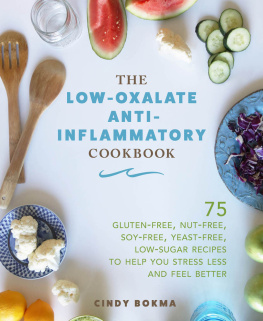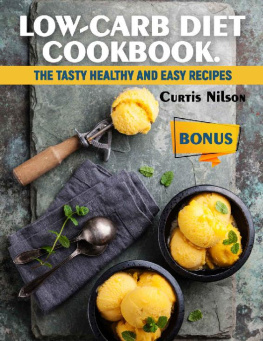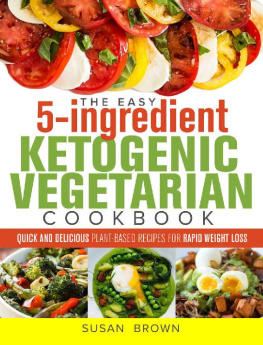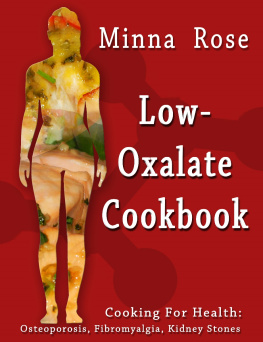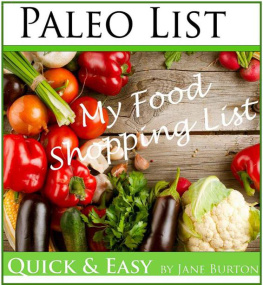THE LOW-OXALATE FOOD LIST BY THE OXALATE HEROES Copyright: The Oxalate Heroes 2021 All rights reserved. No part of this guide may be reproduced in any form without permission in writing from the publisher except in the case of brief quotations embodied in critical articles or reviews. LEGAL & DISCLAIMER The information contained in this book is not designed to replace or take the place of any form of medicine or professional medical advice. The information in this book has been provided for educational and entertainment purposes only. You need to consult a professional medical practitioner in order to ensure you are both healthy enough and able to make use of this information. Always consult your professional medical practitioner before undertaking any new dietary regime, and particularly after reading this book.
The information contained in this book has been compiled from sources deemed reliable, and it is accurate to the best of the Authors knowledge; however, the Author cannot guarantee its accuracy and validity and cannot be held liable for any errors or omissions. You must consult your doctor or get professional medical advice before using any suggested information in this book. Upon using the information contained in this book, you agree to hold harmless the Author, and Publisher, from and against any damages, costs, and expenses, including any legal fees potentially resulting from the application of any of the information provided by this guide. This disclaimer applies to any damages or injury caused by the use and application, whether directly or indirectly, of any advice or information presented, whether for breach of contract, tort, negligence, personal injury, criminal intent, or under any other cause of action. You agree to accept all risks of using the information presented inside this book. Introduction Congratulations on choosing this book.
We wrote it because we suffer from food intolerances and oxalate issues ourselves, and we were frustrated at how so much information out there seems to confuse us and conflict with other sources. Essentially, one list will tell you something is low oxalate, and another high oxalate. The National Library of Medicines research paper details these issues. Their conclusion was this; Wide variations exist in the reported oxalate content of foods across several Web-based sources and smartphone applications, several of which are substantial and can have a sizable impact on the construction of a low oxalate diet. As dietary counseling has proven benefits, patients and caregivers should be aware of the heterogeneity that exists in the reported oxalate content of foods. So we decided to take the worlds best and most trusted oxalate lists and guides and compile the information into one easy-to-consult guide.
Trust us, its been quite the process. Even as we wrote this guide, we noticed that many of the top lists massively disagree on oxalate content in food. As we know now, thats the nature of oxalate content and issues. Everybody reacts differently, and foods even show up differently depending on the growing process, variety, season, soil conditions, time of harvest and many other factors (Pitchaporn Wanyo, Kannika Huaisan & Tossaporn Chamsai). Thats why we wanted to write this list. We believe it is the most comprehensive out there, and where there is debate, we have deferred to many of these top sources.
With all that said, there will be areas you disagree on and that is why a) approach any new food with caution, and b) always consult your medical practitioner before making any dietary changes. We know this list will never be definitive, and we will continue to refine it as more information becomes available. But it means you must approach every food cautiously. Were not going to chew over the reasons behind your oxalate issues. Youve almost certainly done your research on it, and thats why you are here in the first place, for the most comprehensive low-oxalate food list available. If you have oxalate issues, no matter what kind, use this book to avoid foods that are high in oxalates.
These include major culprits like spinach and rhubarb, but also lesser-known culprits like almonds. Almonds are in themselves individually fairly low in oxalate but there is an issue with portion control - remember what we said previously about portion-size? One or two almonds - fine. The whole packet = lots of oxalates. So youll learn all about what to avoid from this book, and you might start to feel a lot better from your oxalate issues. Its also important to point out that not everybody needs to avoid oxalates. As the website Healthline notes; Some proponents of low-oxalate diets say people are better off not consuming foods rich in oxalates, since they may have negative health effects.
However, its not that simple. Many of these are healthy foods that contain important antioxidants, fiber and other nutrients. Therefore, its not a good idea for most people to completely stop eating high-oxalate foods. All of which means you should consult with your practitioner to determine the correct course for you. Please keep in mind that materials and resources like this book are no substitute for medical advice and not intended as such. Without further ado, lets get straight on to our food list.
How to use this food list This book works like a dictionary. Look for a food, drink or ingredient alphabetically or on search. Once you find what you are looking for, it is scored between 1 and 5 for oxalate levels based on careful analysis of the worlds best sources (listed below) for oxalate content. Some online titles detail either cup size, serving size or precise amount of mg of oxalates per 100 g. That can be really useful, but we get hungry, and that means one of our servings might be three of somebody elses. So weve made it more straightforward in this book.
Weve consulted those sites, and each food gets a score. The higher the score, the better it is for your low oxalate diet. 5 is best (indicates good choice for a low-oxalate diet as per our sources) 1 is worst (indicates poor choice for a low-oxalate diet as per our sources) So on a low-oxalate diet, 5 is best and 1 is worst. You would look to be initially consuming more 5 foods and cutting out 1 foods. As time goes on, with the help of a skilled practitioner, you would look to address the root cause of your oxalate issues and perhaps reintroducing foods as possible to get a varied and nutritious diet. We decided on a scoring system between 1 and 5 as many food lists only group foods into high or low oxalate (or bad and good', and we feel there is considerably more nuance to food intolerances, allergies and analysis.
Respected sites can disagree on major foods so weve tried to reflect that in our list. Weve also included at-a-glance lists of high and low oxalate foods to help you on your journey. At this point, we probably need to insert a disclaimer. Our aim is to heal from oxalate issues, and live a healthy, balanced life in every aspect. This book has been a labour of love, but it has been a challenge to put together as the major lists disagree so often about oxalate content. You must consult your doctor or get professional medical advice before using any suggested information in this book.
This is a guide, not a definitive list as everybody is individual. Keep this book close by when you cook or eat out, and dip in and out whenever you need to check if something is low oxalate. Sources These excellent sources are very highly recommended in your further research on oxalates. As far as possible we have consulted all these sites in our research into this food list. The major sites vary considerably which is the reason why we wrote this book. This entire book comes with the caveat that absolutely everybody reacts differently to certain foods, and therefore oxalate food lists are important but you should always consult your practitioner and do further reading.
Next page

